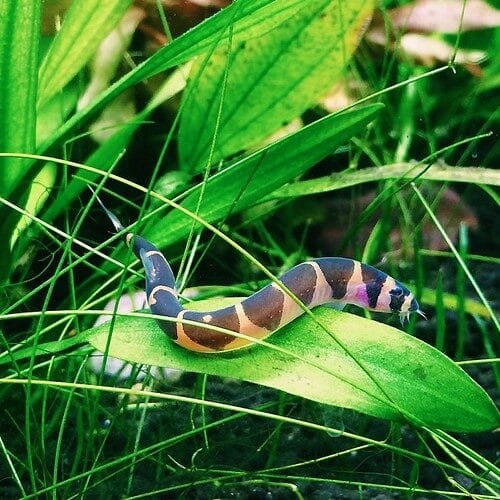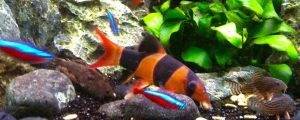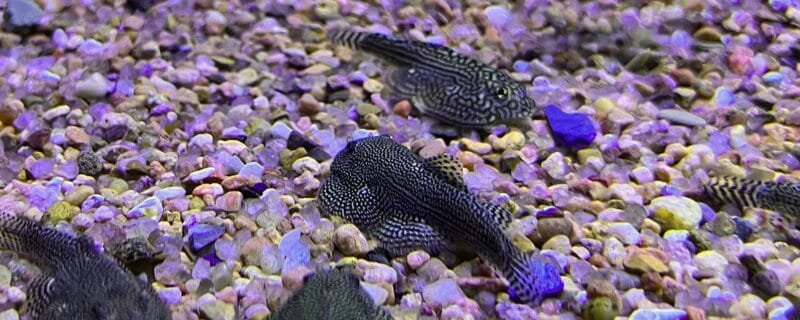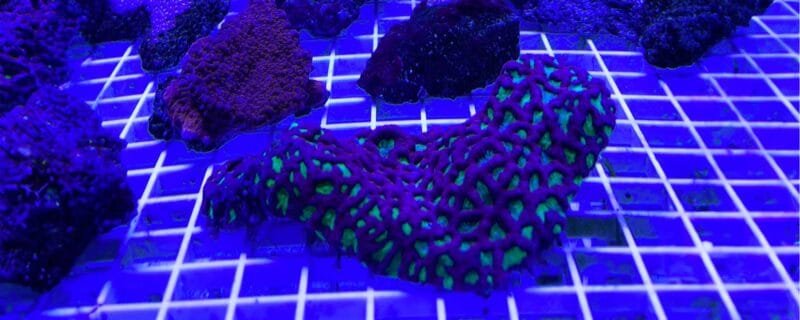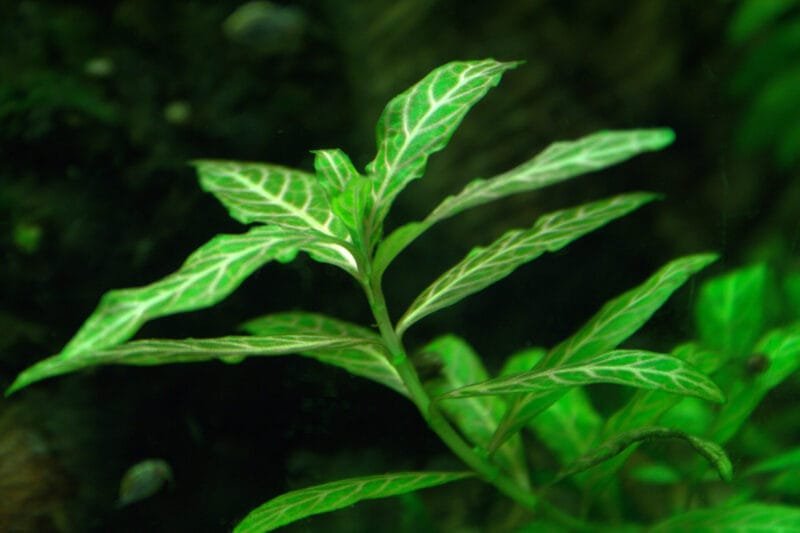The Kuhli Loach, scientifically known as Pangio kuhlii, is a charming and elusive freshwater fish that has long captivated aquarists with its eel-like body, nocturnal habits, and peaceful nature. As a member of the Cobitidae family, Kuhli Loaches are known for their gentle personalities and utility as tank cleaners, helping to sift through the substrate in search of leftover food.
This comprehensive care guide will explore everything you need to know about the Kuhli Loach—from its native habitat and ideal water parameters, to breeding behavior and albino variations.
Common Name and Latin Name
-
Common Name: Kuhli Loach
-
Latin Name: Pangio kuhlii
Closely related species include other members of the Pangio genus, such as Pangio oblonga (Black Kuhli Loach), and Pangio semicincta, sometimes confused with the standard P. kuhlii.
Native Habitat
Kuhli Loaches are native to Southeast Asia, particularly in countries like Indonesia, Malaysia, and Thailand. In the wild, they inhabit slow-moving streams and forested rivers with soft, sandy substrates and dense vegetation. These environments are typically shaded and rich in leaf litter, which helps acidify the water and provides essential hiding places.
Size and Appearance
Kuhli Loaches have slender, elongated bodies resembling small eels or snakes. They grow to an average length of 3 to 4 inches (7.5 to 10 cm) and feature vertical dark brown to black bands alternating with pinkish-yellow to orange hues. Their small, beady eyes are partially covered by a transparent skin, and they possess short barbels around the mouth that help them search for food.
Albino Kuhli Loach
The Albino Kuhli Loach is a color morph of the standard Kuhli and features a pale, peachy-white body with pinkish eyes. While visually striking, their care requirements are identical to the wild-type variety. Albino varieties are more sensitive to light, so extra hiding spaces and subdued lighting are recommended.
Diet
Kuhli Loaches are omnivores with a strong tendency to scavenge. Their natural diet includes insect larvae, small crustaceans, plant matter, and organic detritus.
In captivity, offer:
-
High-quality sinking pellets or wafers
-
Frozen or live bloodworms, daphnia, or brine shrimp
-
Blanched vegetables like zucchini or cucumber
-
Occasional flake food (although not ideal as a primary diet)
Feeding should be done during the evening or night, as Kuhli Loaches are largely nocturnal.
Sexing
Sexual dimorphism is minimal, but females tend to be slightly plumper and broader when viewed from above, especially when full of eggs. Males may have slightly thicker pectoral fins.
Breeding
Breeding Kuhli Loaches in the home aquarium is challenging but not impossible. Most loaches sold in stores are wild-caught due to the difficulty of captive reproduction.
Breeding Conditions:
-
Soft, acidic water (pH around 6.0)
-
Dim lighting and dense vegetation or spawning mops
-
Groups of at least 6 to 10 individuals to promote natural behavior
-
Conditioning with live and protein-rich foods
Females scatter their eggs among fine-leaved plants or mosses. Eggs are greenish and hatch within 24–48 hours. The fry are extremely small and require infusoria or powdered fry food.
Water Conditions
Kuhli Loaches are sensitive to poor water quality and require stable, clean environments.
Ideal Parameters:
-
Temperature: 75–86°F (24–30°C)
-
pH: 5.5–7.0
-
Hardness: Soft to moderately hard (0–10 dGH)
-
Tank Size: Minimum 20 gallons for a small group
Because they love to burrow, use sand or very fine gravel substrate to prevent injury. Ensure your tank is well-cycled with ample hiding places such as caves, driftwood, and dense plants.
Ease of Care
Kuhli Loaches are moderately easy to care for, but their shy nature and sensitivity to poor conditions mean they are best suited for intermediate aquarists. Sudden changes in parameters can stress or harm them. Avoid strong filtration currents and always keep them in groups of at least 5–6, as they are social.
Good Tank Mates
Kuhli Loaches are peaceful and non-aggressive, making them ideal for community aquariums.
Ideal Tank Mates Include:
-
Tetras (e.g., Neon, Ember, Rummy Nose)
-
Rasboras (e.g., Harlequin, Chili)
-
Dwarf Gouramis
-
Otocinclus
-
Small barbs (e.g., Cherry Barbs)
-
Shrimp (with caution—young shrimp may be eaten)
Avoid large or aggressive species such as Cichlids or predatory catfish.
Species Variations
While Pangio kuhlii is the classic species referred to as the Kuhli Loach, there are other similar species and color morphs:
-
Black Kuhli Loach (Pangio oblonga) – Lacks the banded pattern, entirely dark brown to black
-
Pangio semicincta – Often sold as P. kuhlii, has incomplete bands and is commonly bred in captivity
-
Albino Kuhli Loach – Lacks pigmentation, but retains the same temperament and behavior
FAQs
Q1: Do Kuhli Loaches need to be kept in groups?
Yes, Kuhli Loaches are social fish and should be kept in groups of at least 5–6. They often hide during the day and feel more confident and active in numbers.
Q2: Will Kuhli Loaches eat leftover food and clean the tank?
Yes, they help clean up uneaten food from the substrate, but they should not be relied upon as the primary cleanup crew. A balanced diet is still essential.
Q3: Can Kuhli Loaches escape from the tank?
Yes! They are known for being excellent escape artists. Ensure the tank has a tight-fitting lid and block off small gaps around filters or tubing.
The Kuhli Loach is a wonderful addition to any peaceful freshwater aquarium. Their quirky movement, shy behavior, and unique appearance make them both a conversation starter and a practical cleaner. When housed in a suitable environment with plenty of hiding spots, Kuhli Loaches will thrive and exhibit natural behaviors that make them a joy to observe.
Let their subtle beauty and usefulness enrich your aquarium setup—you won’t regret making room for these little “eel-like” treasures.

